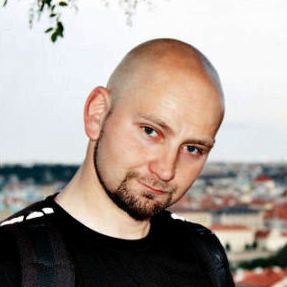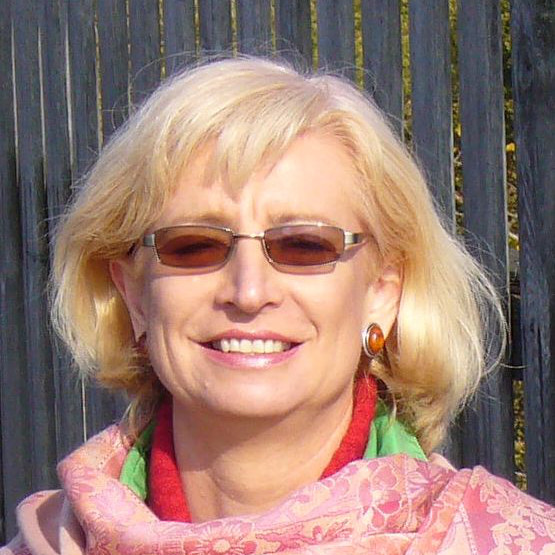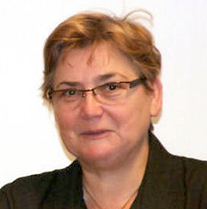Poland is a country located in central Europe with population estimated over38,000,000. Since 2004 the country has been a member of EU. The population of Poland is quite homogenous, only less than 2% belong to national or ethnical minorities. Most of Poles belong to the Roman Catholic church, which in Poland has quite strong influence into social life and politics.
Katowice, home of University of Silesia, is located in the southern part of Poland. The city is the capital and the biggest city of Silesian Province and has about 300,000 inhabitants.
Social situation
Poland is a post-communist country that since 1989 has been transormig from a central-regulated economy into a free-market one with emerging new social problems such as unemployment, which was almost unheard of before transition. Since autumn 2008 Poland has experienced the world financial crisis. Many opinion polls show that Polish society is concerned about it and live in fear of deprivation, precarious labour and lack of perspectives.
One of the most important poverty factors in Poland is unemployment, but there is also consederable in-work poverty, including precarious labour and self-employment in creative industries, also among well qualified young people. The groups at risk of poverty include children and youths under 18, farmers’ families, single parent families and pensioners. Poverty and social exlusion risks are concentrated in villages and small towns, and particularly in the economically weaker regions of north-eastern Poland. It is estimated that since 2000 about 2,000,000 Poles have emigrated abroad, mainly to other EU countries (UK, Germany, Ireland, The Netherlands, Italy) and Norway as well. In Poland, the influence of social income transfers on the reduction of the index of poverty threat is quite close to the European average – without social transfers the range of poverty would be about 10% higher both in Poland and the EU.
In 2004, social expenditure in Poland (without expenditure on healthcare and education) accounted for 17.3% of GDP. The basic instrument of anti-poverty policies with EU funding is the Human Capital Operational Programme (HCOP). This Programme includes the whole intervention of the European Social Fund (ESF) in Poland, with an 85% ESF funding share. Within the framework of the HCOP the following areas of social policy are going to be supported: employment, education, social integration, development of adaptability of employees and enterprises as well as issues connected with the implementation of good governance. The main objective of the HCOP is to increase the growth of employment and social cohesion, according to the European Employment Strategy of Employment. The Programme consists of 10 Priorities, realised both on the central level, where funds are primarily aimed at supporting the efficiency of institutional structures and systems, and on the regional level, where they are to be used for the purpose of supporting persons and social groups affected or threatened by social exclusion.
University of Silesia
The University of Silesia in Katowice was established in 1968 as the ninth university in Poland. Today, the University is divided into 13 faculties, spread across 4 cities in the region – Katowice, Sosnowiec, Chorzów and Cieszyn.
The Faculty of Social Sciences, of which the Institute of Sociology is a part, is located in Katowice. The US sociological team is highly qualified in qualitative methods, social theory, identity and cultural studies in the context of labour, social change and social problems; this is emphasized by the entwinement of sociology, social psychology and social work in their teaching and research. The US team is therefore highly qualified to lead the qualitative fieldwork for the project.
The Team
Previous research results
There is a broad tradition of qualitative and mixed methods research of poverty in Poland, including longitudinal and psychological aspects. However, the number of studies on resilience practices are limited, as the majority of research focuses on marginalisation and social exclusion.
A longitudinal, nationwide quantitative study of poverty was initiated in 2000: ‘Social Diagnosis’ led by prof. J. Czapiński (panels 2000, 2003, 2005, 2007, 2009 and 2011). Research combining quantitative with qualitative analysis was carried out in the 90’s in Lodz by a team led by prof. W. Warzywoda-Kruszynska. These studies examined social welfare beneficiaries, taking into account spatial aspects (enclaves of poverty), temporal aspects (distribution and patterns of poverty over time) and cultural aspects (of poverty).
In 1995-2007, the Institute of Labor and Social Affairs in Warsaw carried out three major research projects of a quantitative nature: ‘Poverty I’, ‘Poverty II’ and ‘Poverty III’- which produced over a dozen books, including detailed characteristics of the different categories of the poor, taking into account changes over time.
Since the early 90’s qualitative, anthropological, studies of poverty have also been undertaken. Their most important initiator is prof. E. Tarkowska. These studies allow us to understand the individual circumstances of poverty, pay attention to the cultural and moral dimension, as well as take into account changes over time, such as those relating to the transformation of the political system (the division between ‘old’ and ‘new’ poverty), the spatial dimension (the areas of the former state-owned farms), gender (feminization of poverty), and family.
The project ‘The Social History of Poverty in Central Europe’ started in 1995, and since 1998 the study has been conducted under a grant: ‘Social History of Poverty in Central Europe: the Polish Case’ – in this part, which deals with Upper Silesia led by prof. Kazimiera Wódz, granted by The Institute for Human Sciences (Das Institut für Menschen die as Wissenschaften). The aim of this research was to determine what are the configurations between structural factors, cultural and psychological, which can lead to the appearance of poverty and deprivation in certain households.






